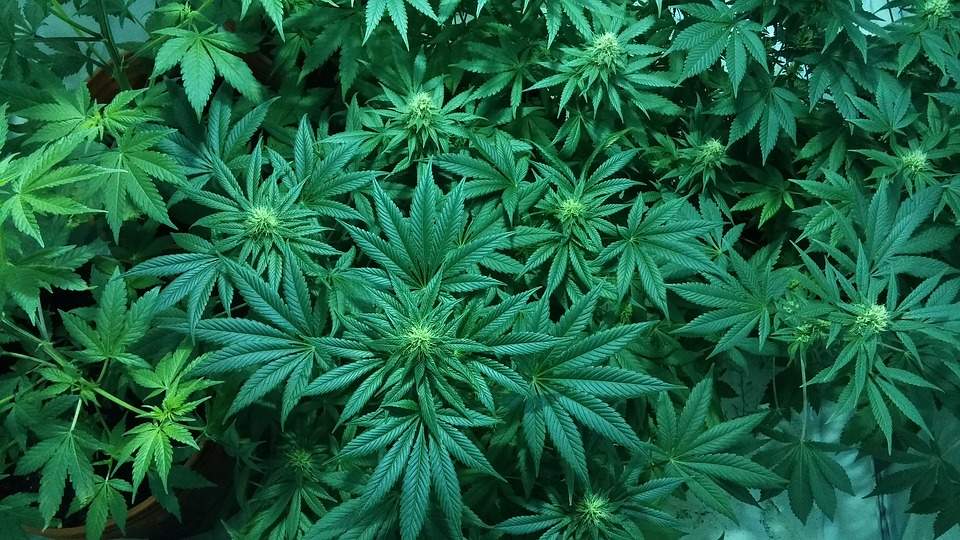The US Drug Enforcement Agency (DEA) has resisted pressure to reschedule cannabis for decades, even though the probability of addiction and harm are far lower with cannabis than with less strictly scheduled drugs. US states passing medical marijuana laws have shown a 25% fall in fatal opioid overdoses, according to a recently released study from JAMA Internal Medicine.
In June 2018, the FDA approved GW Pharmaceuticals’ Epidiolex, a phytocannabinoid for the treatment of seizures associated with Lennox-Gastaut syndrome or Dravet syndrome in patients two years of age and older in the US (B/POR, August 2018). This is likely to provoke a shake-up of controlled substance scheduling at the DEA that will decriminalise some cannabis-based medicines. A proposed re-categorisation of Epidiolex to Schedule II or III has been suggested, as categorising it a Schedule I would imply that it has no therapeutic value.
How well do you really know your competitors?
Access the most comprehensive Company Profiles on the market, powered by GlobalData. Save hours of research. Gain competitive edge.

Thank you!
Your download email will arrive shortly
Not ready to buy yet? Download a free sample
We are confident about the unique quality of our Company Profiles. However, we want you to make the most beneficial decision for your business, so we offer a free sample that you can download by submitting the below form
By GlobalDataEven before the US approval of Epidiolex, GW Pharmaceuticals’ Sativex has been used in Canada and Europe for symptom improvement in patients with moderate to severe spasticity due to multiple sclerosis and as an adjunctive analgesic treatment in adult patients with advanced cancer. It was first approved in 2005 in Canada and is composed of two principal cannabinoid components: cannabidiol (CBD) and delta-9 tetrahydrocannabinol, also called tetrahydrocannabinol (THC). CBD is a naturally occurring, non-psychoactive cannabinoid found in cannabis, whereas THC is the main psychoactive substance found in the cannabis plant.
Dronabinol and nabilone are FDA-approved synthetic cannabinoids used in the treatment of chemotherapy-induced nausea and vomiting. Despite these approvals for cannabinoid ingredients, the FDA has not approved the marijuana plant for any indications.
In fact, the DEA still classes the drug as Schedule I, which means it has no currently accepted medical use and a high potential for abuse. This has created regulatory barriers to researchers using marijuana in medical research, who must obtain numerous approvals from a range of federal, state, or local agencies, institutions, or organisations and have facilities that meet an extensive list of requirements. The effects of scheduling have discouraged a number of cannabis researchers from applying for grant funding or pursuing additional research efforts.

Despite federal law deeming marijuana to be of no medical value, state laws view the drug differently, and a growing number of states have legalised marijuana for medical use. A total of 31 states, the District of Columbia, Guam, and Puerto Rico now allow for comprehensive public medical marijuana and cannabis programs.
ProCon, a nonprofit, nonpartisan public charity providing research on controversial issues, estimates that as of 17 May 2018, there were an estimated 2.1 million legal medical marijuana patients in the US, where it is used for a range of conditions, including Alzheimer’s disease, glaucoma, Crohn’s disease, and multiple sclerosis.
In November 2017, the DEA released 2018 production quotas for cannabis of 444kg and tetrahydrocannabinols of 385kg (B/POR, September 2018). In August 2018, the DEA more than doubled this proposed cannabis quota to 1,140kg (B/POR, September 2018). The proposed cannabis quota for 2019 has been increased further still to 2,450kg for research purposes; this may be a sign that the federal stance on the drug is beginning to align with that of individual states and that it will eventually further increase legalised medical marijuana.
On 13 September 2018, the US House of Representatives panel that oversees federal drug enforcement approved a bill to significantly increase opportunities for research on the medical benefits of marijuana. The Medical Cannabis Research Act will require the federal government to issue more licenses to grow marijuana to be used in scientific studies. PharmSource estimates that if legislation preventing the federal government from interfering with state marijuana policies was in place, more marijuana-producing companies would provide their products to the US.
The STATES Act is a bill that was introduced on 7 June 2018 by US Senators Cory Gardner and Elizabeth Warren that would recognise the legalisation of cannabis and the US state laws that have legalised it through their legislatures or citizen initiatives. The proposed legislation would amend the Controlled Substances Act so that its provisions no longer apply to people using or distributing marijuana, so long as they were acting in compliance with their state or tribal laws relating to marijuana.
Figure 1 shows cannabis-derived products and their outsourcing in US-based facilities. The same facilities are included in both active pharmaceutical ingredients (API) and dose counts where a particular manufacturing site produces both. There are a limited number of these products; therefore, only a few contract development and manufacturing organisations (CMOs), such as Patheon (Durham, NC, US), Dechra Pharmaceuticals (Northwich, UK), Pharmaceutics International (Hunt Valley, MD, US) and Procaps SAS (Atlantico, Colombia), are involved in their manufacture. Where manufacturing is outsourced, it is only done so for dose manufacture, not for API. Sativex (cannabidiol) is not included in Figure 1 as both its API and dose are manufactured in-house by GW Pharmaceuticals. Dronabinol and Nabilone dose manufacture is heavily outsourced across different brands of the drugs.

Out of the 30 CMOs involved in commercial drug manufacture using controlled substances in the US, only 8 (27%) of CMOs are approved to manufacture cannabinoids, much fewer than the 18 CMOs producing opioids found in PharmSource’s previous analysis (B/POR, August 2018).
While contractors involved in cannabinoid production constitute a minority of US-controlled CMO facilities, it is clear that increasing medical marijuana use may reduce the use of cannabis-derived medicines, and therefore the outsourcing of these products’ manufacture, in the future. However, it is certainly possible in the long term that increasing research and awareness of cannabis-based medicines will prompt the increased use of both.
There might be greater opportunities for CMOs and drug companies relating to cannabinoid manufacture in the future, if greater levels of research eventually result in an increasing number of drug approvals. At present, cannabinoid product use in treatment is limited, although changing attitudes and laws may alter this situation.
Industry updates such as this are covered in the Bio/Pharma Outsourcing Reports from PharmSource, a GlobalData product. If you do not subscribe to PharmSource or the Bio/Pharmaceutical Outsourcing Report, please contact a GlobalData sales representative to gain access.









Related Company Profiles
ProCon GmbH
Pharmaceutics International Inc
Pharmsource LLC
GW Pharmaceuticals Ltd
Patheon NV